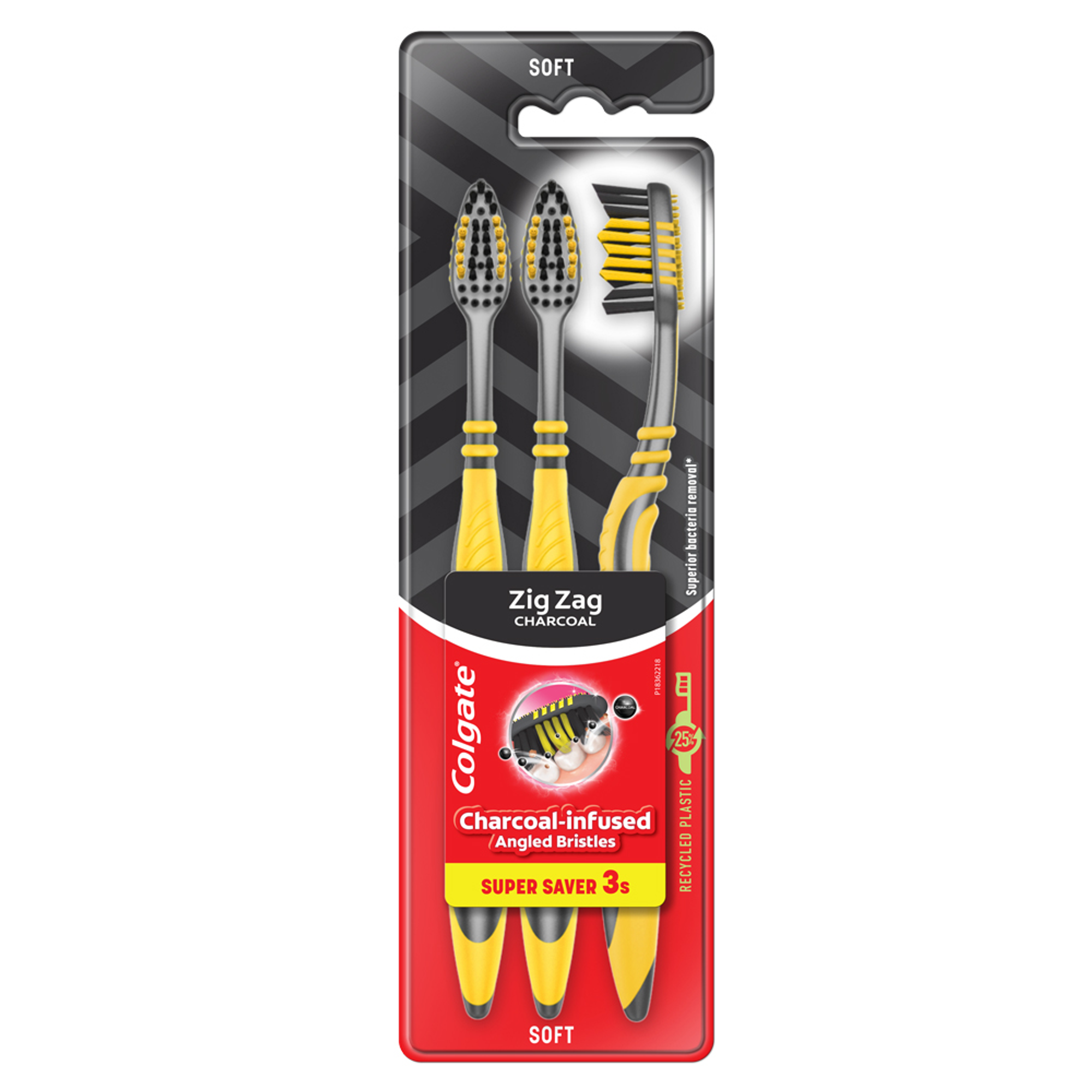- Oral Health and Dental Care | Colgate®
- Oral Health
- What Is a Canine Tooth?


Canine teeth are the slightly pointed teeth that sit on each side of the incisor teeth at the front of the mouth. Humans use them for biting and speaking as well as other important functions.
Why Is It Called a Canine Tooth?
Canine teeth are named for their resemblance to a dog's fangs. Human canines aren't as long, pronounced or sharp as the equivalent teeth in a dog's mouth, but they're in the same position and they're often longer and more pointed than the other teeth. Another name for canine teeth is eye teeth, due to the fact that they sit directly below the eye sockets, says the Oxford English Dictionary. Dentists also call them cuspids.
When Do Canine Teeth Appear in the Mouth?
Primary canine teeth generally appear after the incisors and first molar teeth. According to the American Dental Association, the first canine tooth usually erupts in the upper jaw after the baby is around 16 months old, then by the age of 23 months, most babies have all their canine teeth. Children begin to lose their primary canines at between age 9 and 12.
Why Do We Need Canine Teeth?
Canine teeth play important roles in eating, speaking, maintaining the shape of the lips and guiding the other teeth into position. When you eat, canines help cut and tear food into bite-sized pieces, and when you speak, they work alongside the incisors to help form words.
In addition, canine teeth function as guideposts to the rest of the teeth. They help maintain the position of the upper and lower teeth when the lower jaw moves side to side. What's more, canine teeth guide the upper and lower teeth into place.
Canine Teeth and Gum Recession
The gum tissue around canine teeth is vulnerable to erosion due to their position in the mouth. According to the Dental Press Journal of Ortodontics, mandibular incisors and maxillary canines are the most common sites of gingival recession. When you brush your teeth, the canine teeth may receive the most pressure because they're prominent on each side of the incisors. To reduce the risk of receding gum tissue around your canine teeth, brush gently with a toothbrush. It has 48 percent softer bristles and helps protect enamel surfaces and gums.
The shape and position of canine teeth makes them especially important in the structure and functions of the mouth. If you look after your canines and take care when you're brushing, they'll serve you well for a lifetime.
Related Products

Helping dental professionals
More professionals across the world trust Colgate. Find resources, products, and information to give your patients a healthier future













